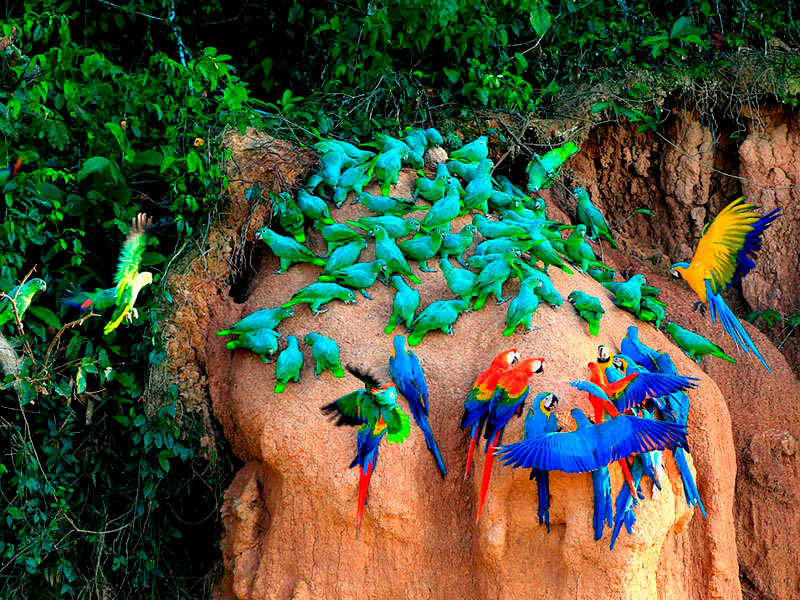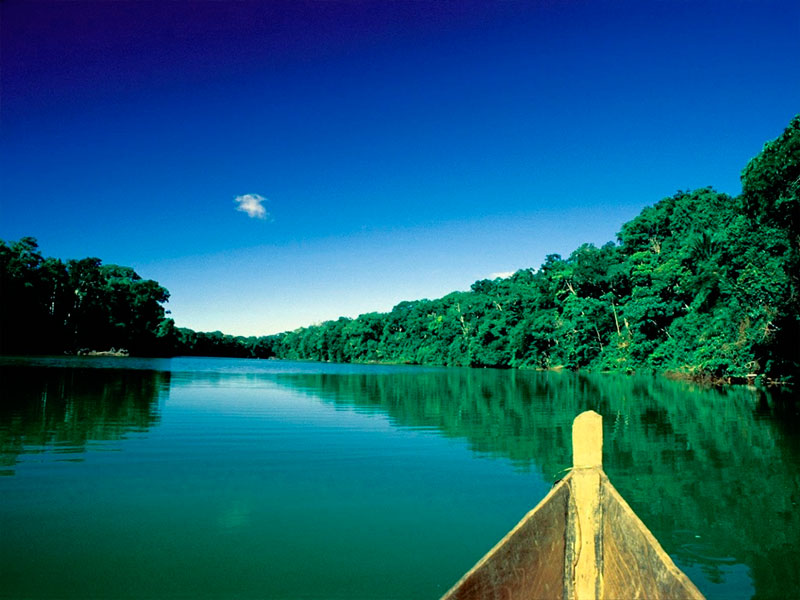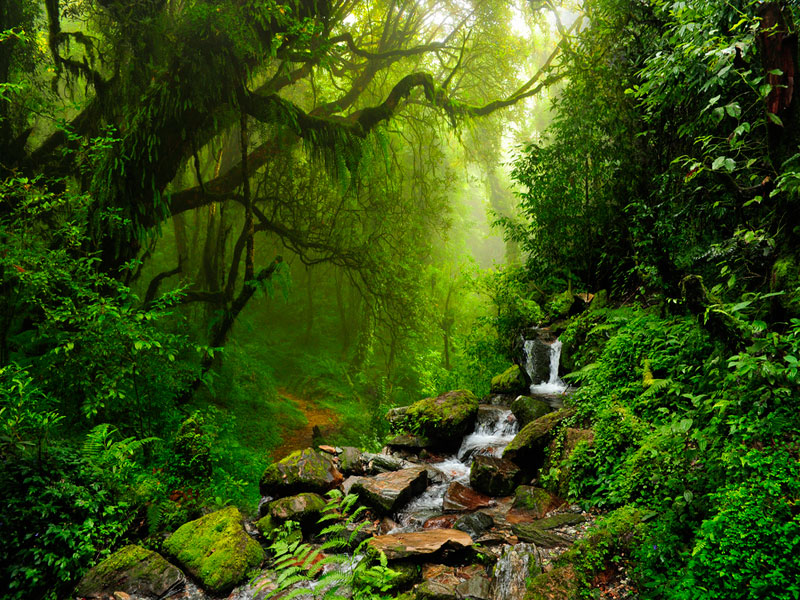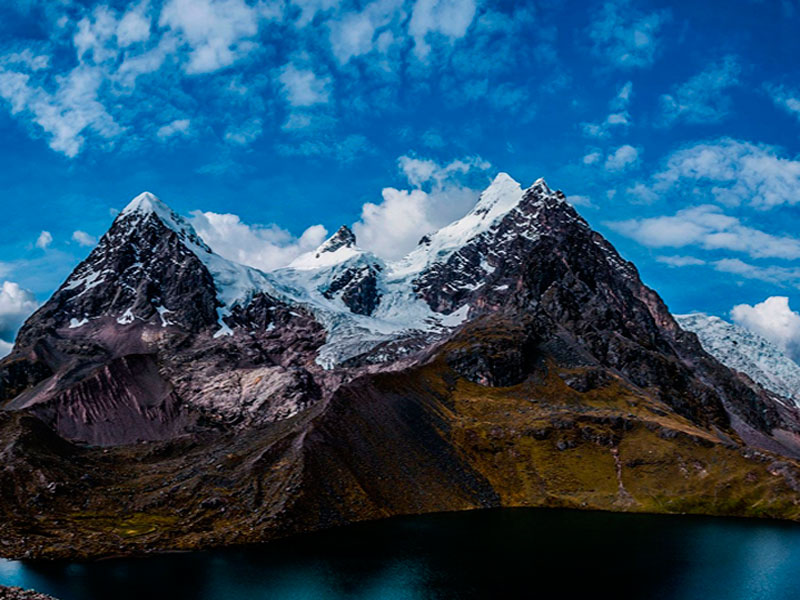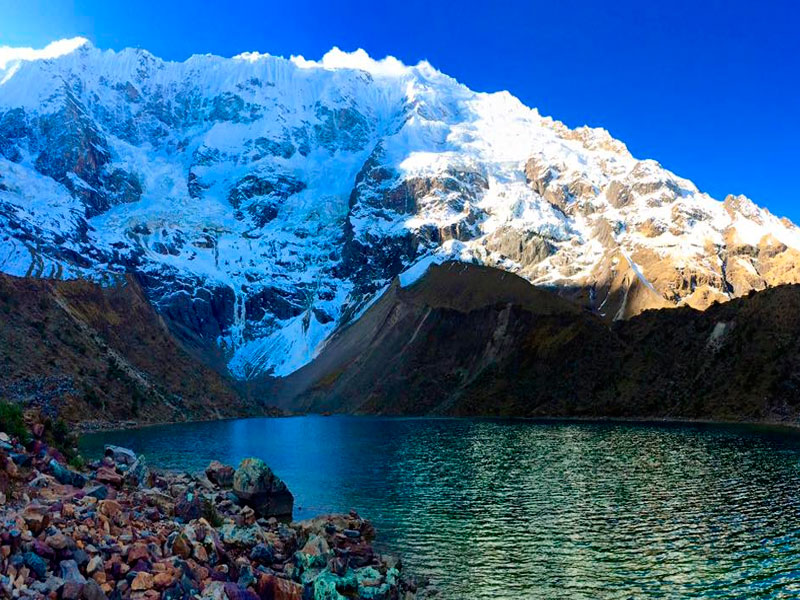
Humans in the park
Manú Learning Centre
Permanent human habitation is restricted to several small communities of the Matsigenga Amazonian tribal nation, largely along the Manú river or one of its main tributaries. Several protected areas adjoining the park allow mixed use including tourism, hunting, logging, and harvesting of other resources. These areas, notably downstream on the Manú River, are included in the broader Manú biosphere reserve, but are not part of the national park.
Visitors within the national park include medical and educational professionals upon invitation by the indigenous community, and researchers with permits from INRENA. The Cocha Cashu Biological Station, under the guidance of renowned Duke University ecologist John Terborgh is the largest and most established research site in the park, and is among the most well-studied sites for biological and ecological research in the tropics.
The Manu Learning Centre (MLC) lies within the Cultural Zone of the Manu Biosphere Reserve along the South-Eastern border with the Alto Madre de Dios River. The MLC facilitates research work within the disturbed ‘buffer’ zone of the park where human impact is at its greatest.
Flora
More than 20,000 species. 40% of the park is Amazonian lowland tropical rainforest, including varzea, oxbow lakes, Mauritia palm swamps, and upland forest types.
Fauna
Wild tayra at Manú National Park
Andean cock-of-the-rock at Manú
The Manú Biosphere Reserve has a very rich wildlife. Larger species of the lowland forests include the Peruvian jaguar, puma, ocelot, giant otter, giant anteater, southern tamandua, giant armadillo, nine-banded armadillo, brown-throated sloth, Hoffmann’s two-toed sloth, Brazilian tapir, capybara, pacarana, lowland paca, collared peccary, white-lipped peccary and several deer species, like South American red brocket, and South American brown brocket. The marsh deer, actually rather a savannna animal, has also been confirmed. There are 14 species of monkeys. These are Goeldi’s marmoset, pygmy marmoset, shock-headed capuchin (Cebus albifrons cuscinus), tufted capuchin (Cebus apella peruanus), brown-mantled tamarin, emperor tamarin, moustached tamarin, black-capped squirrel monkey, black-headed night monkey, brown titi, Rio Tapajós saki, Bolivian red howler, Peruvian spider monkey, and gray woolly monkey. Confined to the mountainous areas above ca. 2,000 m are Peruvian white-tailed deer, dwarf brocket, culpeo, mountain paca and spectacled bear. The puma also reaches very high elevations of up to 3,450 m.

